Editor’s note: In 2023 Shavuot begins at sundown on May 25th and ends at sunset May 27th.
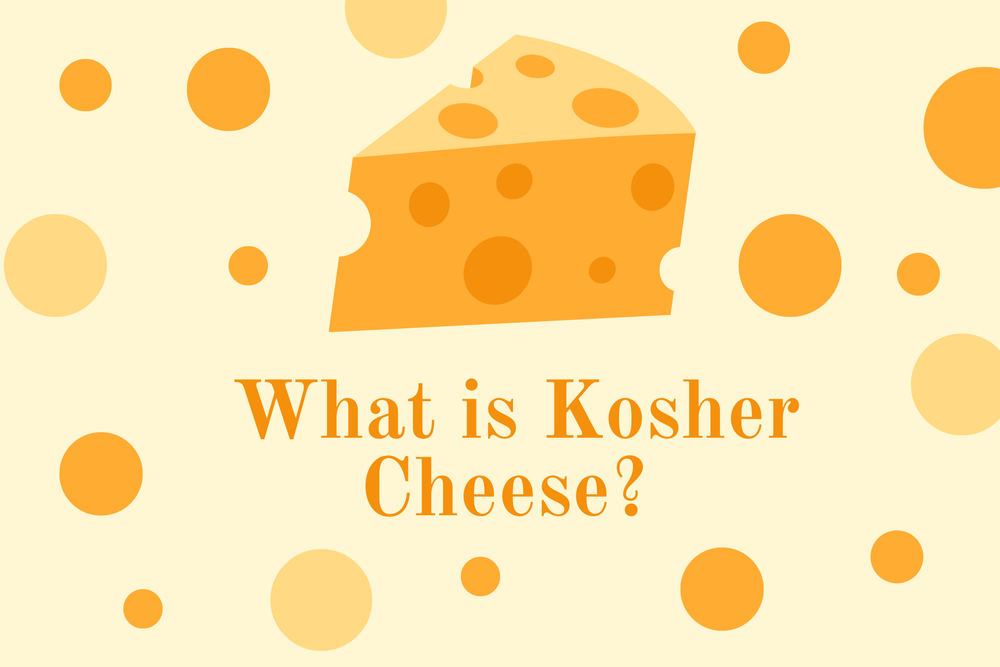
Cheese is common in the diet of many groups of Jews, especially Ashkenazi or Jews descended from Eastern Europe but also for non-Ashkenazi Jews.
Shavuot (pronounced shah-voo-oht) which commemorates the spring harvest and the Jews receiving the Torah is unofficially known as the dairy holiday by Ashkenazi Jews. Some non-Ashkenazi Jews also celebrate the holiday, especially with rice pudding and with cheese-filled pastries (Kurdish Jews make kadeh and Syrian Jews, enjoy atayef). It’s a very under-the-radar, yet major holiday, and a really fun time. As part of the celebrations, we eat dairy foods*. A lot of them. Cheesecake and blintzes, mac and cheese, bourekes, fresh ricotta, stuffed squash blossoms, noodle kugel, and the list goes on. It’s the best day to delve into kosher cheeses.
The important (or not if you don’t care) part if you’re observant is that whatever you make, the cheese needs to be kosher. It has to meet standards that are defined by Jewish scripture.
What Makes Cheese Kosher?
There are very specific rules about how cheese can be made and what it can be made from. It has to come from the milk of kosher animals and cannot include natural rennet (keivas neveilah); Rennet is the enzyme that separates the milk’s casein protein and fat and is a vital ingredient in traditional hard cheeses. Since it can’t be used, most kosher cheese is acid set or made with microbial rennet.
The production space and equipment also has to be kosher and the process has to be overseen by a Rabbi who specializes in cheese – which is part of why the prices for kosher cheese are much higher than for non-kosher cheese.
Cheese is the most complicated and regulated of all of the kosher foods, so there are more steps and practices involved in getting it to your door than anything else in the Jewish food world. Even making yogurt kosher is challenging.
Even if a cheese is kosher, according to Jew laws around diet called kashrut, cheese can only be consumed in meals that do not contain meat. Interestingly because rennet is an enzyme that is most often derived from animals, it is not considered meat product.
Which Cheeses are Kosher?

There can be a lot of rules to being Jewish, but there are also really only four beliefs, (or 613 mitzvot or commandments. It’s complicated), but in this case the rule we are focused on is keeping kosher.
If you’re kosher observant (and not everyone is), this is part of daily life and you already know what cheeses you can eat; but for those of you who are curious, or who are serving cheese to those who only eat kosher cheese, there are a few nationally available brands that are kosher certified.
You can find kosher DOP Manchego, Brie, Camembert, smoked cheeses from igourmet. My favorite grocery store options include Boursin, Narragansett Creamery cows milk Salty Sea Feta made in Rhode Island, Kraft brand Philadelphia cream cheese, East coast regionally available The Breakstone’s Temp Tee whipped cream cheese and Laura Chenel Original Goat Cheese. Another kosher cheese is Beecher’s Kosher Flagship cheese. Artisanal kosher cheeses aren’t very common in North America, but if you want to delve into handmade kosher cheeses, there are a lot to choose from produced in France and Israel. All kosher cheeses should have a symbol on the packaging to indicate it is certified kosher. The most common kosher certification symbol is the circle U.
Cheese Recipes to Enjoy During Shavuot and Beyond
Any of those can be used to make an array of holiday-friendly recipes and cheese treats, like these favorites from our archives.
Blintzes
Blintzes photo credit Emily Paster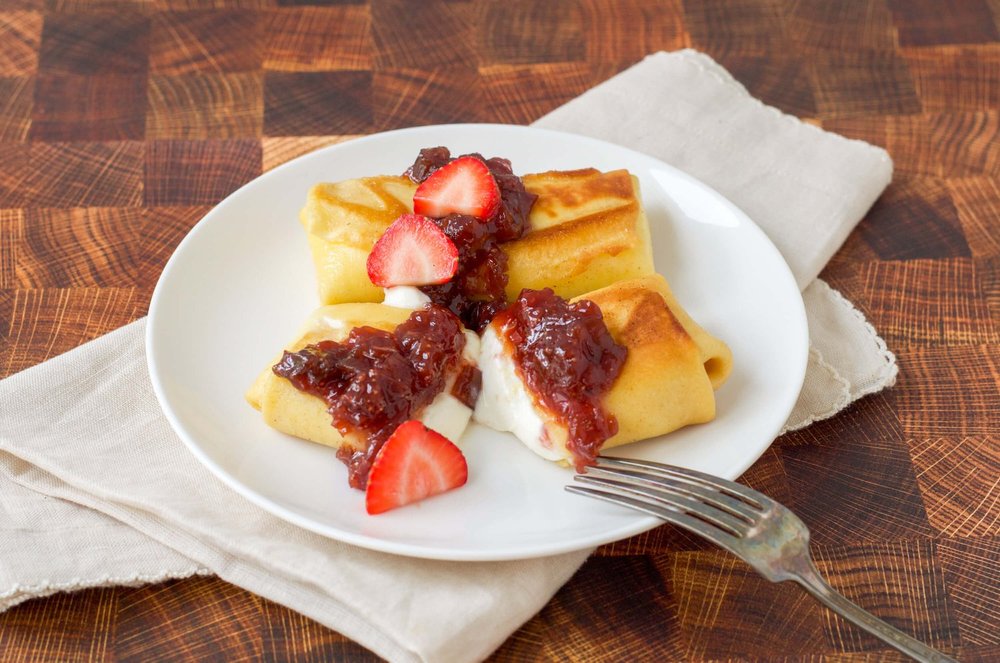
Have you had a blintz? It’s a sweet, cheese filled crepe its best made with farmers cheese, such as Friendship Dairy Farmers Cheese, but you can also use ricotta. It’s traditionally served with fruit but is also nice with a drizzle of chocolate.
Homemade ricotta
Ricotta photo credit Georgia Freedman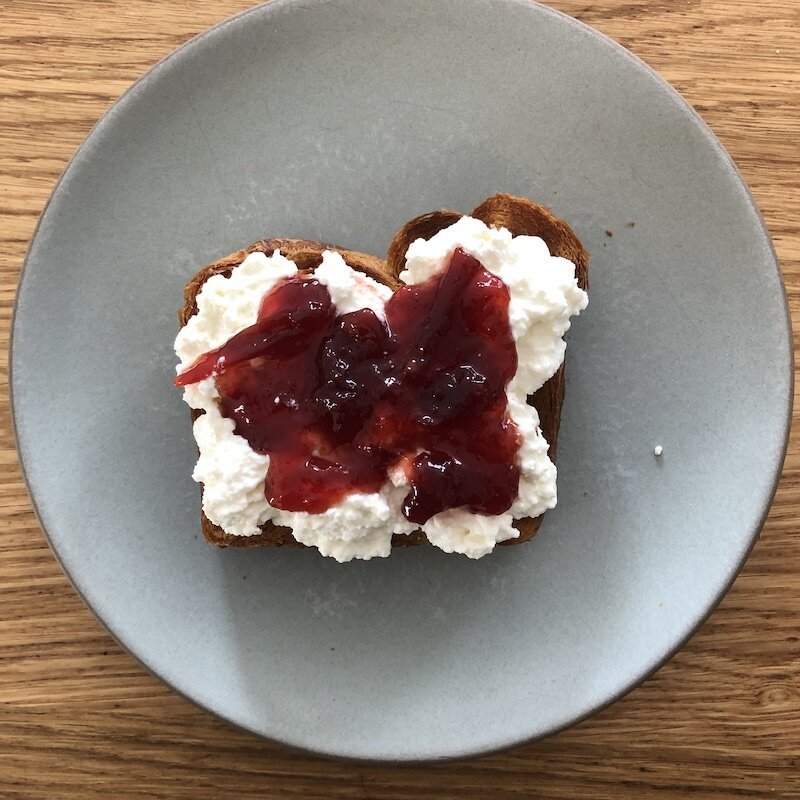
We have talked about ricotta before. It’s a 30 minute science experiment that you can eat. Use yours as a spread for crackers, in the layers of a vegetarian lasagna or in a cheesecake. It can also be used in baking and stuffing for pasta such as manicotti.
Ricotta is a great cheese to use in pancakes and even as a topping on vegetarian pizzas.
Fruit and cheese galette
Galette, photo credit Emily Paster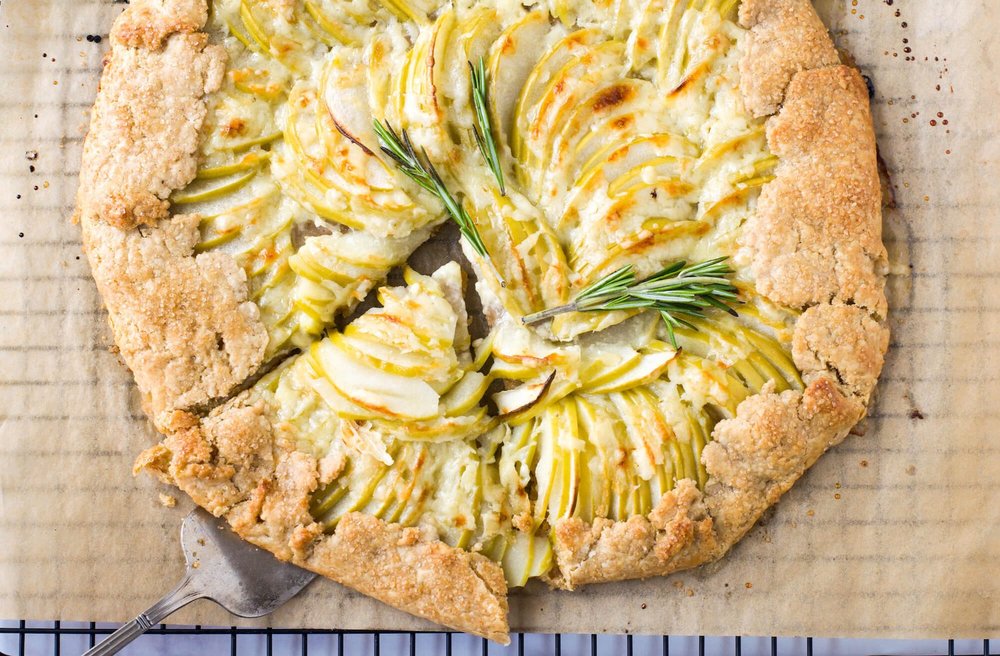
As someone who has officially decided to leave pie crusts formation to people with more skills than I have, the galette is my go to. Try this one with dollops of rich Boursin.
Kugel
Kugel photo credit Georgia Freedman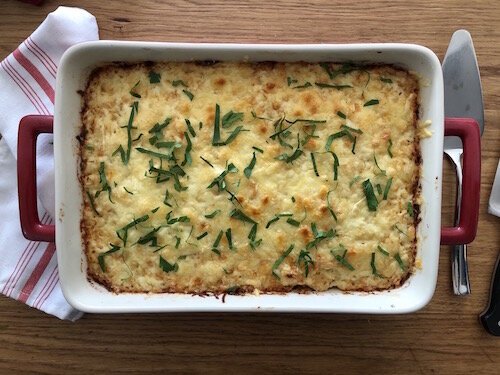
Kugel, the Yiddish word for savory pudding is often made from noodles or potatoes, combined with cheese and eggs. This potato kugel is traditional for Passover, but perfectly delicious all year round.
Burek
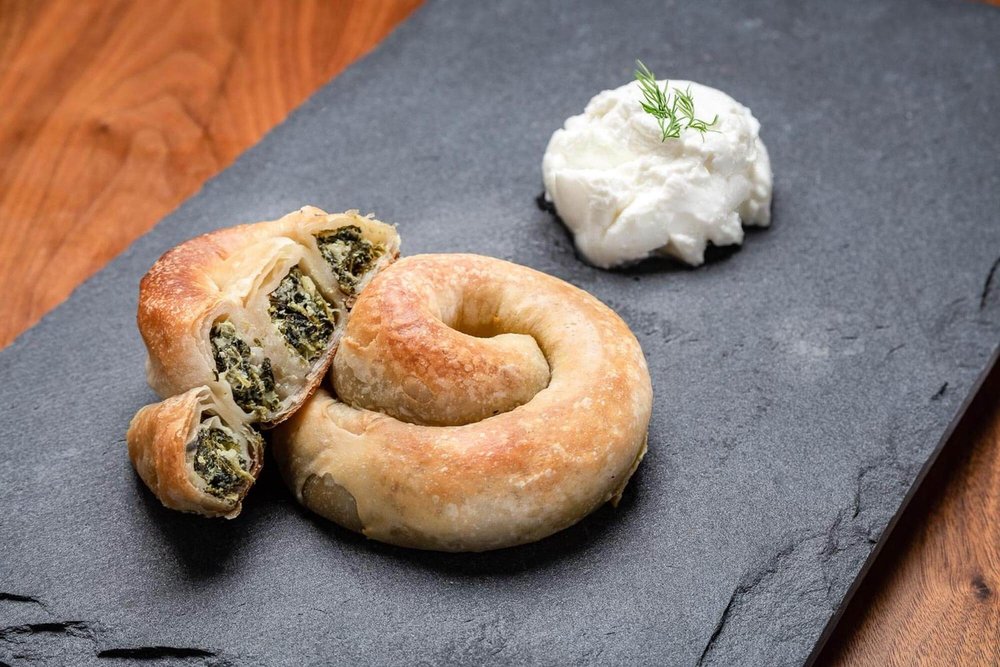
This delicate pastry is common all around the Mediterranean. The fillings may vary, and the shape can be anything from a triangle to a cigar. They’re easy to make and freeze really well, so a big batch is worth the time. Burek also spelled Bourek is having a moment and is a great way to highlight cheese as a hot appetizer.
A gentle note. Please keep in mind, Judaism is a closed practice, so while having a party is always a wonderful way to celebrate cheese, if you’re not Jewish, you need to be invited to Shavuot to participate. Just text your favorite Jew and ask. We love including respectful guests!
* Many studies have shown that 50 – 80% of Eastern European Jews are lactose intolerant.
